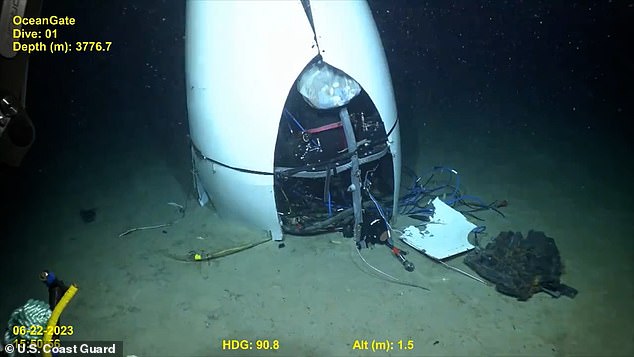New images from the deep sea show the tail cone of the Titan submersible after its fatal implosion last June, as a key employee who condemned the ship as unsafe before its final voyage testified Tuesday that the tragedy could have been avoided if a federal safety agency had investigated his complaint.
The disturbing underwater video, which was released by the US Coast Guard, shows the remains of the submersible on the seabed after it imploded last June less than two hours into its descent toward the wreck of the Titanic, killing five people.
Earlier this week, an audience revealed that one of the final messages from the crew aboard the Titan was: “all’s well here.”
The new images come as David Lochridge, OceanGate’s former chief operating officer, said he was disappointed by the Occupational Safety and Health Administration’s decision not to follow up on the complaint.
“I believe that if OSHA had attempted to investigate the severity of the concerns I raised on multiple occasions, this tragedy could have been avoided,” he said while speaking before a committee trying to determine what caused the Titan to implode.
The US Coast Guard releases images of the tail cone of the Titan submarine
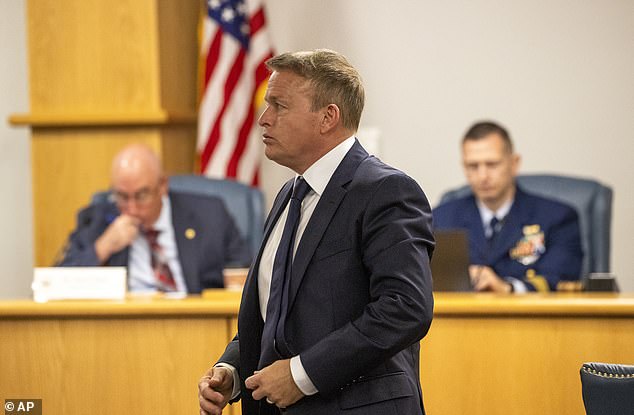
Former OceanGate marine operations director David Lochridge, center, stands during testimony Tuesday, Sept. 17, 2024, for Titan’s formal marine board hearing inside the Charleston County Council Chambers in North Charleston, S.C.
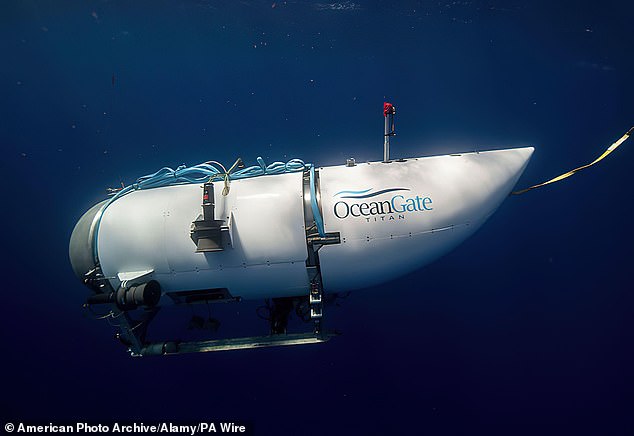
A photograph of OceanGate Expeditions’ Titan submersible used to visit the wreck site of the Titanic, which imploded last year while en route to the Titanic’s remains.
“As a seafarer, I am deeply disappointed by the system that aims to protect not only seafarers but also the general public.”
Lochridge said during his testimony that eight months after he filed a complaint with OSHA, a caseworker told him the agency had not yet begun investigating it and that there were 11 pending cases against him. By then, OceanGate had sued Lochridge and he had filed a countersuit.
About 10 months after filing the complaint, he decided to withdraw. The case was closed and both lawsuits were dismissed.
“I didn’t give them anything, they didn’t give me anything,” he said of OceanGate.
OSHA officials did not immediately respond to a request for comment Tuesday.
Earlier in the day, Lochridge said he frequently clashed with the company’s co-founder and felt the company was solely committed to making money.
Lochridge was one of the most eagerly awaited witnesses to appear before a commission. His testimony echoed that of other former employees on Monday, one of whom described OceanGate chief Stockton Rush as volatile and difficult to work with.
“The idea behind the company was to make money,” Lochridge said. “There was very little in the way of science.”
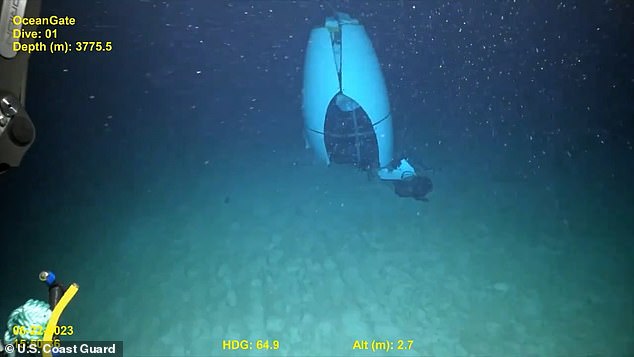
Images show remains of the Titan submersible at the bottom of the Atlantic Ocean
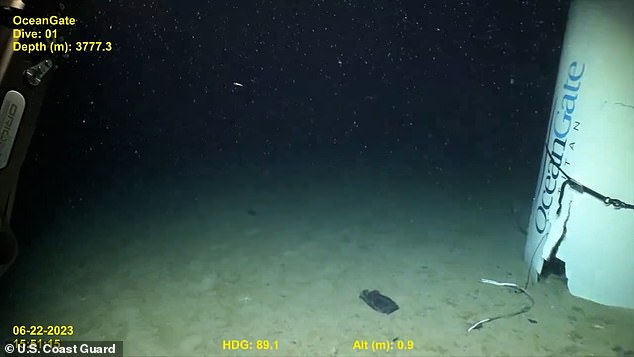
The accident sparked a global debate about the future of private underwater exploration.
Rush was among five people killed in the implosion. OceanGate owned the Titan and has taken it on several dives to the Titanic since 2021.
Lochridge’s testimony began a day after other witnesses painted a picture of a troubled company that was eager to get its unconventionally designed vessel out on the water. The accident sparked a global debate about the future of private underwater exploration.
Lochridge joined the company in the mid-2010s as a veteran engineer and submersible pilot and said he soon felt he was being used to give the company scientific credibility. He said he felt the company was selling him as part of the project “so people would come and pay money,” and that didn’t sit well with him.
“I felt like a show pony,” she said. “The company made me stand there and give talks. It was hard. I had to go up and do presentations. Everything.”
Lochridge referred to a 2018 report in which he raised safety concerns about OceanGate’s operations. He said that with all the safety issues he saw, “there was no way I would approve this.”
Asked if he had confidence in the way the Titan was being built, he said: “No confidence at all.”
Staff turnover was very high at the time, Lochridge said, and management dismissed his concerns as being more focused on “poor engineering decisions” and a desire to get to the Titanic as quickly as possible and start making money. He was eventually fired after raising safety concerns, he said.
“I didn’t want to lose my job. I wanted to do the Titanic, but dive safely. That was on my bucket list, too,” he said.
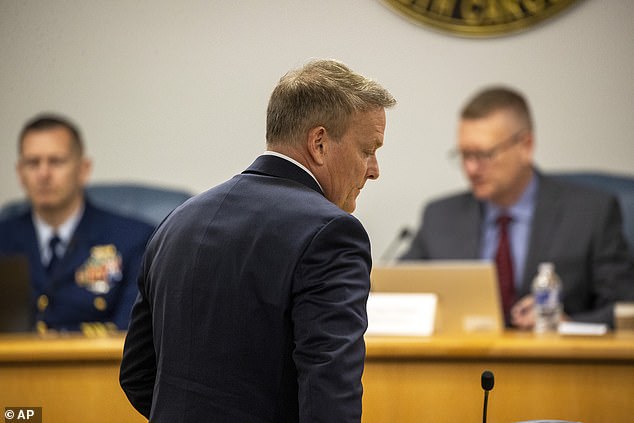
David Lochridge said he had raised safety concerns in 2018
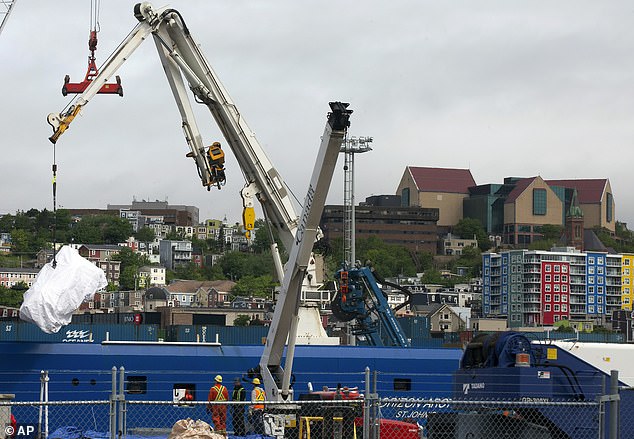
The remains of the Titan submersible, recovered from the ocean floor near the wreck of the Titanic, are unloaded from the Horizon Arctic ship at the Canadian Coast Guard pier in St. John’s, Newfoundland, June 28, 2023.
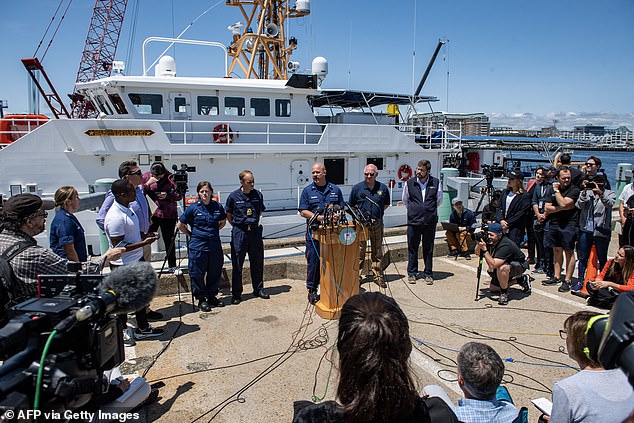
U.S. Coast Guard Capt. Jamie Frederick speaks to reporters about search efforts for the Titan submarine on June 21 of last year.
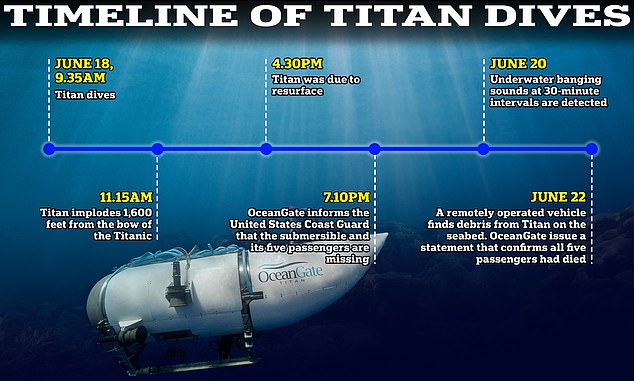
Washington state-based OceanGate suspended operations after the implosion.
Also on Monday, former OceanGate engineering director Tony Nissen said he felt “100 percent” pressured to launch the submarine into the water.
He also said he refused to pilot the Titan years ago because he didn’t trust the operations staff and that he prevented the submersible from going to the Titanic in 2019.
Coast Guard officials noted at the start of the hearing that the submersible had not been independently evaluated, as is standard practice. That and the Titan’s unusual design brought it under scrutiny from the underwater exploration community.
During the submersible’s final dive on June 18, 2023, the crew lost contact after an exchange of text messages about the depth and weight of the Titan as it descended. The support ship Polar Prince then sent repeated messages asking if the Titan could still see the ship on its onboard display.
When the submersible was reported overdue, rescuers sent ships, planes and other equipment to an area about 700 kilometres south of St. John’s, Newfoundland. Wreckage from the Titan was later found on the ocean floor about 300 metres from the Titanic’s bow, Coast Guard officials said.
According to a list compiled by the Coast Guard, OceanGate co-founder Guillermo Sohnlein and former chief scientist Steven Ross are scheduled to attend the hearing. Numerous Coast Guard officials, scientists, and government and industry officials are also expected to testify.
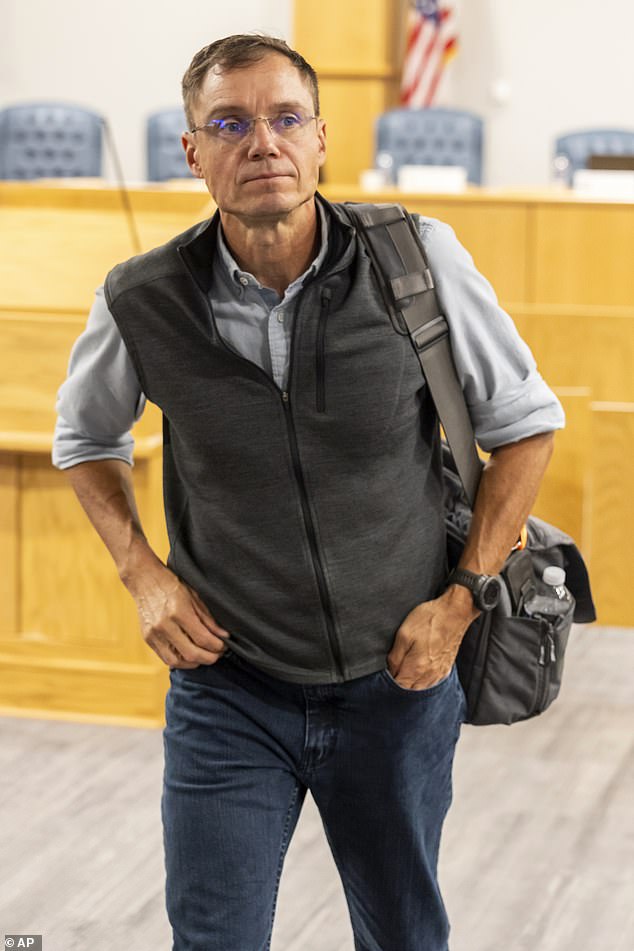
Tony Nissen, OceanGate’s chief engineer, leaves after his testimony at the US Coast Guard hearing yesterday
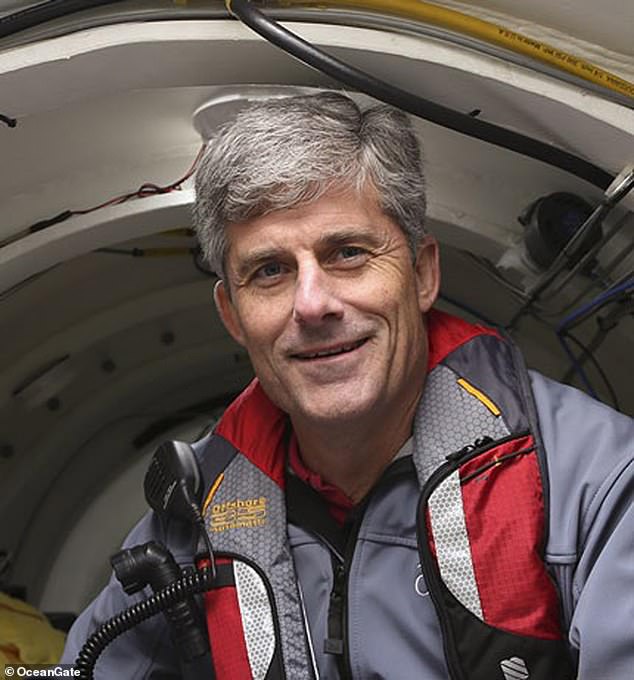
Pictured: Stockton Rush, CEO and founder of OceanGate, who died in the disaster.

Pictured: Businessman Shahzada Dawood and his son Suleman, who died on the boat.
Among the witnesses not listed for the hearing is Rush’s widow, Wendy Rush, the company’s communications director. Lochridge said Wendy Rush played an active role in the company when he was there.
Asked about Wendy Rush’s absence, Leake said the Coast Guard does not comment on the reasons why specific people are not subpoenaed to a particular hearing during ongoing investigations. He said it is customary for a Marine Board of Inquiry to “conduct multiple hearing sessions or conduct additional witness depositions for complex cases.”
OceanGate does not have any full-time employees at this time, but will be represented by counsel during the hearing, the company said in a statement.
The ongoing Marine Board of Inquiry is the highest level of maritime accident investigation conducted by the Coast Guard. When the hearing concludes, recommendations will be sent to the Coast Guard commandant. The National Transportation Safety Board is also conducting an investigation.
(tags to translate)dailymail

